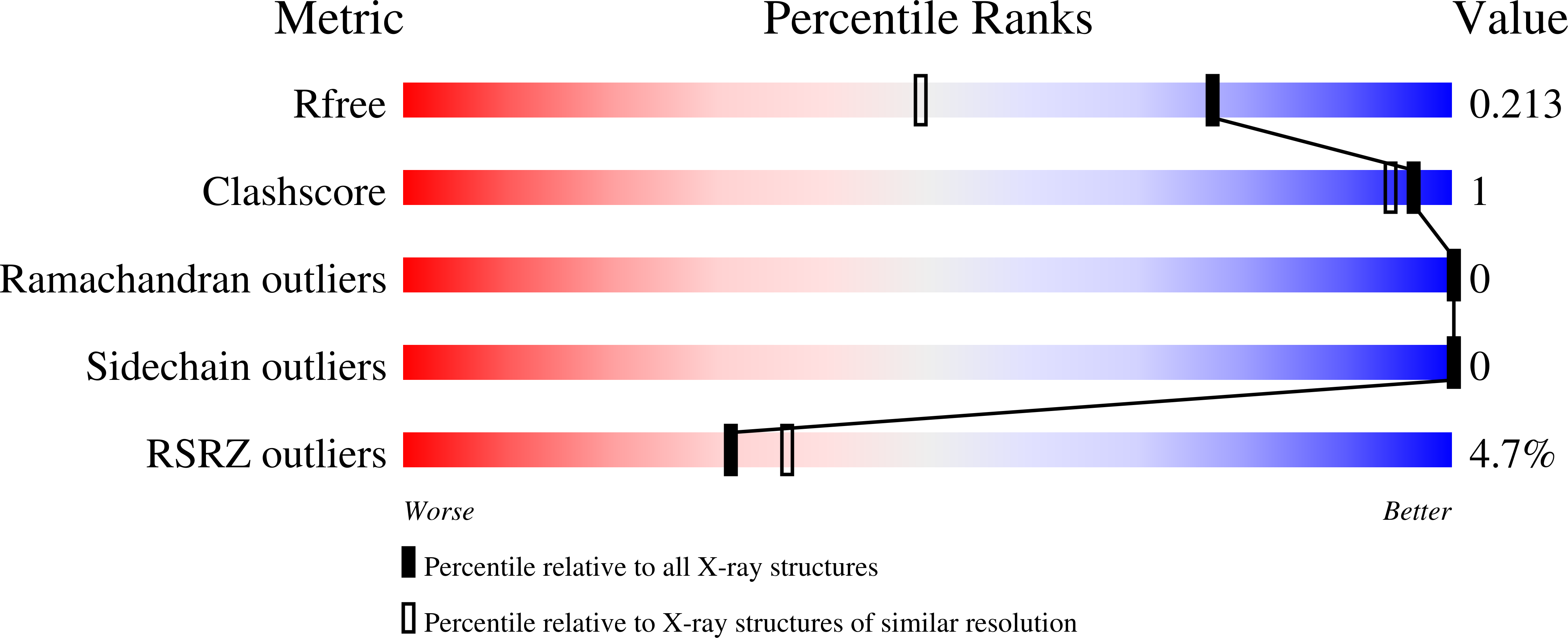
Deposition Date
2023-11-28
Release Date
2023-12-27
Last Version Date
2024-10-23
Entry Detail
PDB ID:
8R8C
Keywords:
Title:
Structure of the N-terminal domain of CMA from Cucumis melo in complex with N-acetylgalactosamine
Biological Source:
Source Organism:
Cucumis melo (Taxon ID: 3656)
Host Organism:
Method Details:
Experimental Method:
Resolution:
1.55 Å
R-Value Free:
0.20
R-Value Work:
0.16
Space Group:
I 1 2 1


